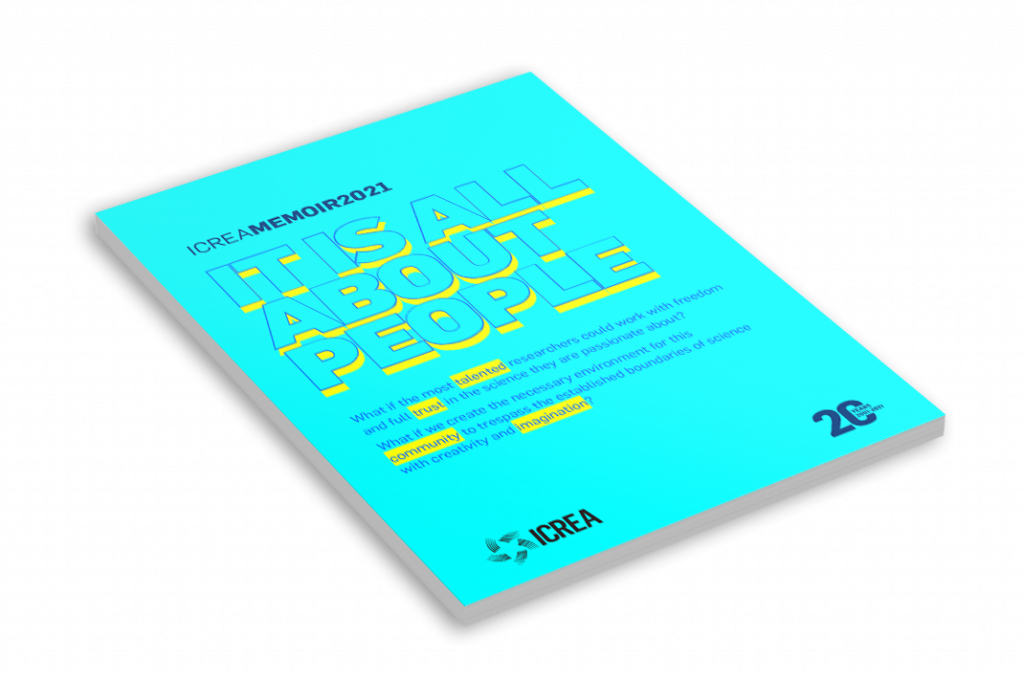This article from the new landmark MIT Handbook of Rationality, considers the history of the descriptive–normative divide, viewed as fundamental to, but also challenging, current research on rationality. This history can be subdivided into three main stages: First, from antiquity to early modernity, despite important contributions to theories of rationality by Plato, Aristotle, and others, the descriptive–normative distinction existed only implicitly and thus never became a topic of discussion. That changed, secondly, during the Enlightenment, through a mixture of new metaphysical and scientific ideas, and due to philosophical struggles over the nature, potential, and limits of rationality. The descriptive–normative distinction became prominent and problematized. This started in ethics, through David Hume’s is–ought divide, also called “Hume’s guillotine”: we can state what a person’s belief, desire or action IS, but it does not follow that the person SHOULD hold the belief or desire or commit that action. Hume’s guillotine, however, was fraught with problems. In Immanuel Kant, we find more sophisticated uses of the is–ought distinction, fed by the beginnings of empirical research into thinking and decision making and by a deeper understanding of what moral thinking is about. This was related to competing accounts of rationality. Hume championed a narrowly epistemic account of reason, so that practical reasoning concerns only the means for pursuing our passions; we cannot ask what passions we ought to have. Kant argued that our passions are subject to rational criticism as well and, moreover, that we must draw the is-ought distinction not only with resepct to actions but to thinking as well. Thus emerged the ideas that ethics, logic and epistemology are (in part) normative disciplines. In a third stage, Kant’s views became revived but also criticized since the 19th-century psychologism debate; this shapes discussions over how empirical and normative aspects of human rationality are to be studied in philosophy and psychology today.
Thomas Sturm
Universitat Autònoma de Barcelona
-
Reference
Sturm T 2021. ‘Theories of rationality and the descriptive/normative divide: A historical approach’, Handbook of Rationality. Ed. by M. Knauff & W. Spohn. Cambridge/MA: MIT Press, pp. 71-86.

